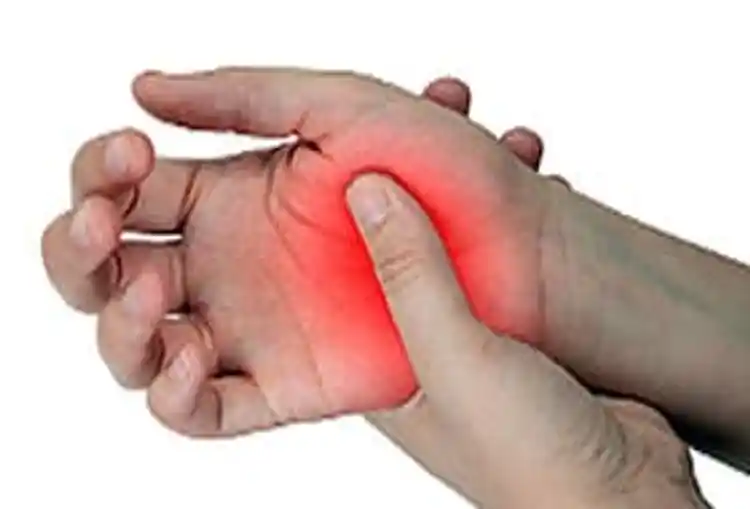RA Pain and Inflammation

Hide Video Transcript
Video Transcript
Narrator
What helps my pain and inflammation from RA? John H. Klippel, MD
Let's think about common signs and symptoms of this disease that people need relief from. First and foremost would be pain. Secondly would be stiffness or inability to use the joints. And those are the immediate treatment goals. Reduce the inflammation so that there is less pain and less chance of, and less swelling and less joint damage. So the medications that are often useful there, we refer to as non steroidal anti-inflammatory drugs, or NSAIDS. People can actually buy these over the counter, but there's also prescriptions from a doctor and they play a very important role in relieving the inflammation, treating the pain and reducing the swelling and getting people going again. The most common side effect from non steroidal drugs is GI upset. So this is stomach pain is occurs with many people who take non steroidal drugs. There can be more serious side effects and those range from ulcers or GI bleeding. There's actually an important class of non steroidal drugs called COX-2 inhibitors. And I think most people have heard of COX-2 inhibitors. The one side effect that a lot of attention has been paid attention to is the risk of cardiovascular disease, heart attacks and strokes. I think it's important for people to realize that the risk of that side effect is very, very, very small, but it's real. A second approach to relieving inflammation is the use of corticosteroids and I think the drug that many people would be familiar with would be low doses of prednisone. And that can have a dramatic effect on reducing, reducing pain, reducing swelling. And there are many side effects of corticosteroids. The one that people are most concerned about is, if used in higher doses, uh it can lead to weight gain. So often times there is swelling associated with this. And if it is used chronically, over the course of many years, it can lead to osteoporosis or loss of the density of bones 